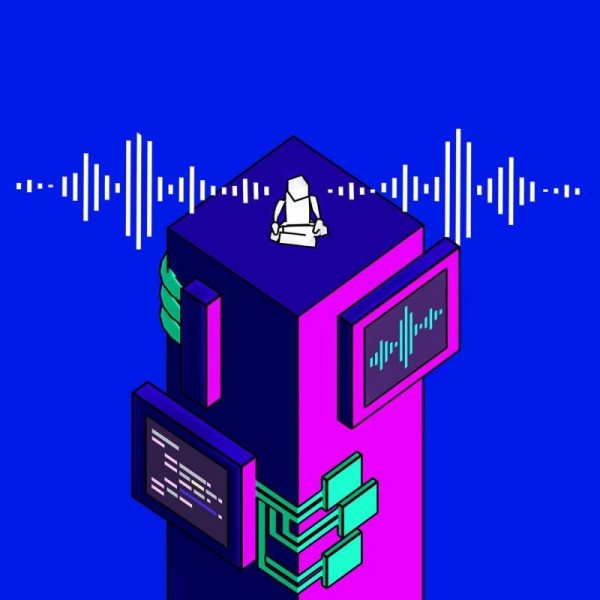The market for screen readers is hardly niche. In 2020, the estimated number of blind people worldwide was 49.1 million — comparable to the population of Spain or South Korea. An additional 255 million people have moderate to severe visual impairment. These millions of people may use magnification tools, Braille support, or screen readers.
That said, the price of JAWS is no small barrier. One home license currently costs $1,000 ($1,285 for a professional license), and future updates cost extra. Annual licenses that cost $95 ($90 for students) are available only in the U.S. 89% of people with vision loss come from low-income and middle-income countries.
It is sad that a proprietary screen reader like JAWS costs so much, as this is just unaffordable in poorer countries. But thank goodness for an open-source alternative — NonVisual Desktop Access (NVDA) that arrived in 2019.
Ojala’s pet peeve is people thinking that accessibility is a feature, a nice-to-have addition to your product. When they tack on accessibility later, without thinking about it from the very beginning, Ojala can tell — it feels haphazard. (Imagine first creating a product with a colorless UI, then to add colours later as an afterthought, only to use the wrong colour combination.)
Any of us can go blind at any time, but it is sad actually that sighted developers don’t consider enough around making design and coding simpler to use with screen readers.
See https://www.theverge.com/23203911/screen-readers-history-blind-henter-curran-teh-nvda
#technology #blind #screenreader #opensource #accessibility

